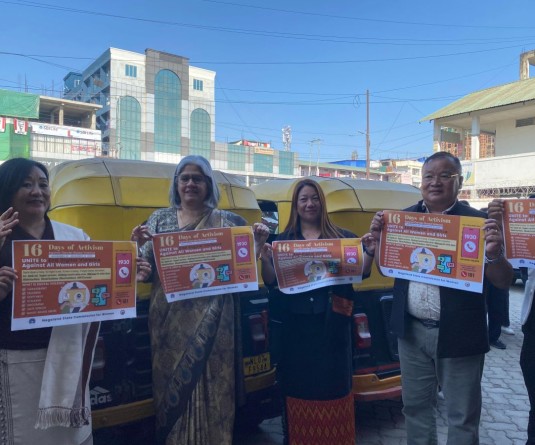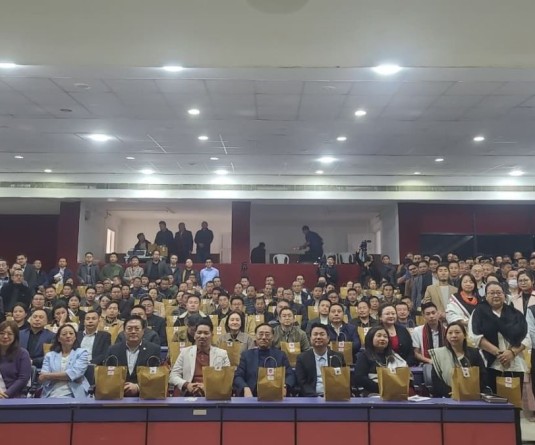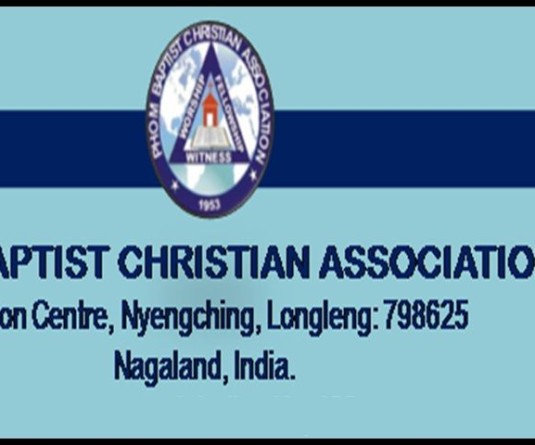
Our Correspondent
Kohima | June 26
The Nagaland State Drug Abuse Prevention and Treatment Policy 2016 was formally released today by Minister for Social Welfare, Kiyanilie Peseyie during the International Day Against Drug Abuse and Illicit Trafficking held here under the theme “Listen First.”
“To harmonise the services and for effective curbing the drug problem, Nagaland state cabinet has already approved the Nagaland State Drug Abuse Prevention and Treatment Policy, which was drafted by various state government departments, NGOs, and health and social activities to address the problem through a collective and coordinated effort,” Peseyie said. The State Social Welfare Department will be the state nodal agency for coordinating and implementation of the policy, he informed.
The objectives of the policy includes; preventing drug and alcohol abuse, to strengthen efforts for demand and supply reduction, to provide treatment facilities accessible to all, provide collective leadership at all levels to address drugs and alcohol abuse prevention and access to treatment and health facilities, promote social re-integration of those who were affected and are recovering, and sensitize communities on prevailing state law and legal Acts.
The policy stated that Nagas by tradition have a culture of brewing rice beer for consumption which evolved into commercialization for economic sustenance of the family. “With the change of situation and lifestyle the Indian Made Foreign Liquor (IMFL) was sold openly with Government licensing in Nagaland. Opium use was also in practice in some parts of the state,” it noted. Soon Opium derivatives like heroin and codeine were found to be abused by the youth, which affected family systems and the community.
It observed that heroin was easily available from across the Golden Triangle, which passes through the heart of Kohima and was routed through NH 39 (now NH 29) to the rest of the country. It is also found that heroin was trafficked through the international borders of Tuensang and Kiphire districts.
The Naga Mothers Association (NMA) spearheaded an initiative towards supply reduction by focusing and giving assistance to law enforcing agencies. But this did not yield much result as drug users proportionately increased. To address the users need, the detoxification and rehabilitation programme came into being in 1986 and 1987 respectively.
The Policy stated that whilst such programmes were in progress it was realized that alcohol was rampantly abused. The Nagaland Baptist Church Council (NBCC) demanded for prohibition in the state and, the Government of Nagaland adopted the ‘Total Prohibition Act 1989’ in the state. However, all these measures have not been able to address the problem of drug and alcohol abuse. This prompted the government to bring out ‘The Nagaland State Drug Abuse Prevention and Treatment Policy.
The policy stated that drugs and alcohol abuse is a medically recognized disease affecting the individual, family and community. Appropriate strategy needs to be developed, to address prevention, treatment and social re-integration.
“Inspite of the total prohibition, demand is not reduced. Therefore robust system must be evolved to address demand and supply. Collective and co-ordinated efforts of the government, the church and civil society to address demand and supply reduction,” the policy observed.
It called for political leadership cutting across party lines to take a key role to ensure that appropriate policies and strategies are developed and implemented.
It said that primary prevention programmes and education should be imparted in all educational institutions so that young people’s needs are addressed on time. In the area of adolescents education programme, an exclusive chapter on substance abuse should be included.
Faith based organizations were urged to incorporate basic education and awareness in their curriculum to ensure that life skills are imparted in their regular programmes specially targeted for young people and vulnerable groups.
On supply reduction and enforcement plan, the policy called for providing surveillance facilities at strategic location in the airport, railway station, bus terminus, highways and across the porous national and international borders.
The state government has been entrusted to coordinate with national and international agencies to support prevention initiatives, treatment facilities, research and enforcement, the policy stated.






